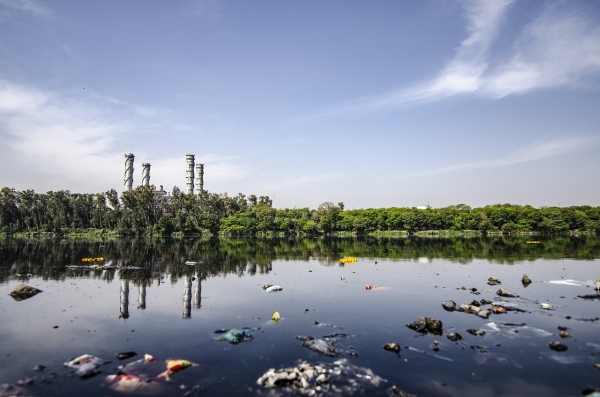The 2023 Nobel Prize in Chemistry was focused on quantum dots — objects so tiny, they’re controlled by the strange and complex rules of quantum physics.
The 2023 Nobel Prize in Chemistry was focused on quantum dots — objects so tiny, they’re controlled by the strange and complex rules of quantum physics. Many quantum dots used in electronics are made from toxic substances, but their nontoxic counterparts are now being developed and explored for uses in medicine and in the environment. One team of researchers is focusing on carbon- and sulfur-based quantum dots, using them to create safer invisible inks and to help decontaminate water supplies.
The researchers will present their results today at the spring meeting of the American Chemical Society (ACS). ACS Spring 2024 is a hybrid meeting being held virtually and in person March 17-21; it features nearly 12,000 presentations on a range of science topics.
Quantum dots are synthetic nanometer-scale semiconductor crystals that emit light. They are used in applications such as electronics displays and solar cells. “Many conventional quantum dots are toxic, because they’re derived from heavy metals,” explains Md Palashuddin Sk, an assistant professor of chemistry at Aligarh Muslim University in India. “So, we’re working on nonmetallic quantum dots because they’re environmentally friendly and can be used in biological applications.”
Read more at American Chemical Society
Photo Credit: yogendras31 via Pixabay




